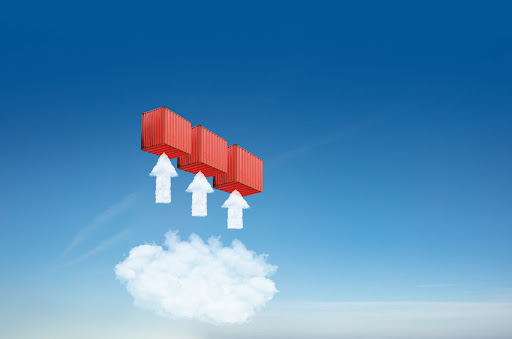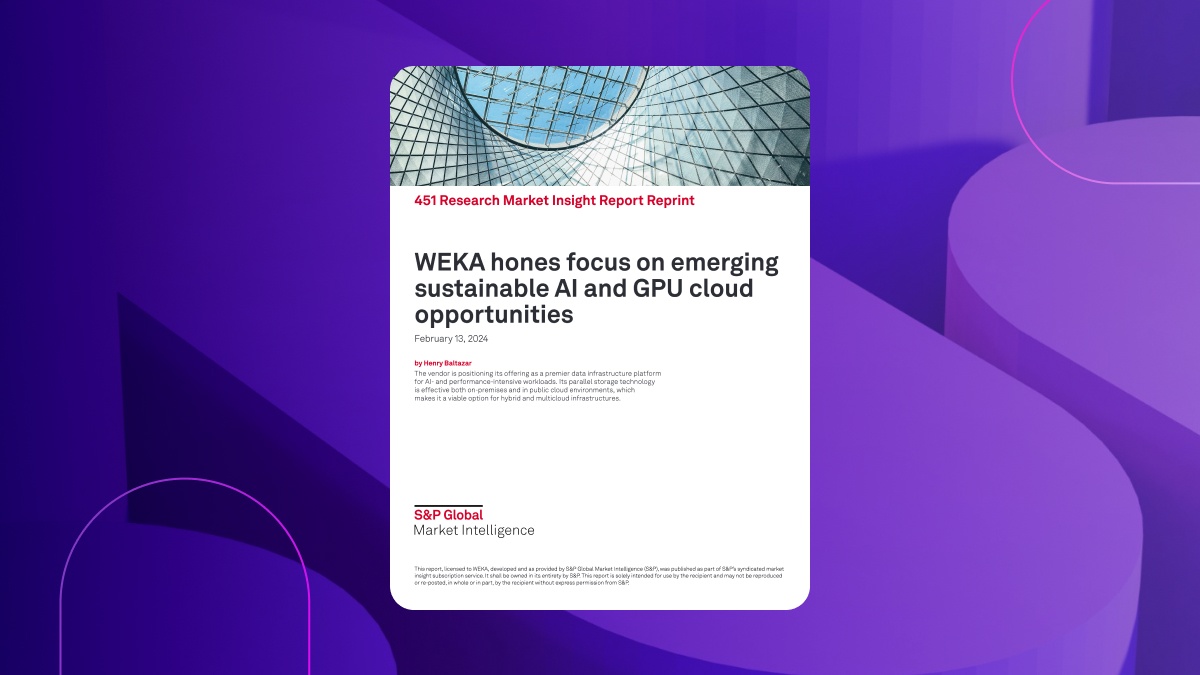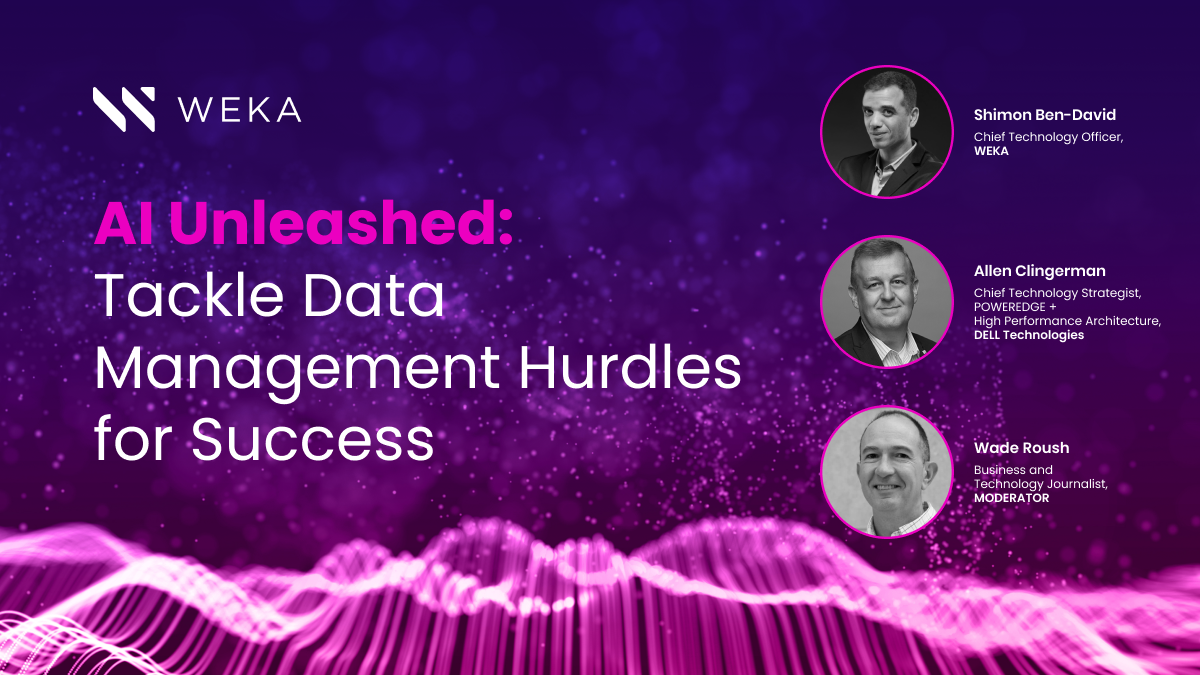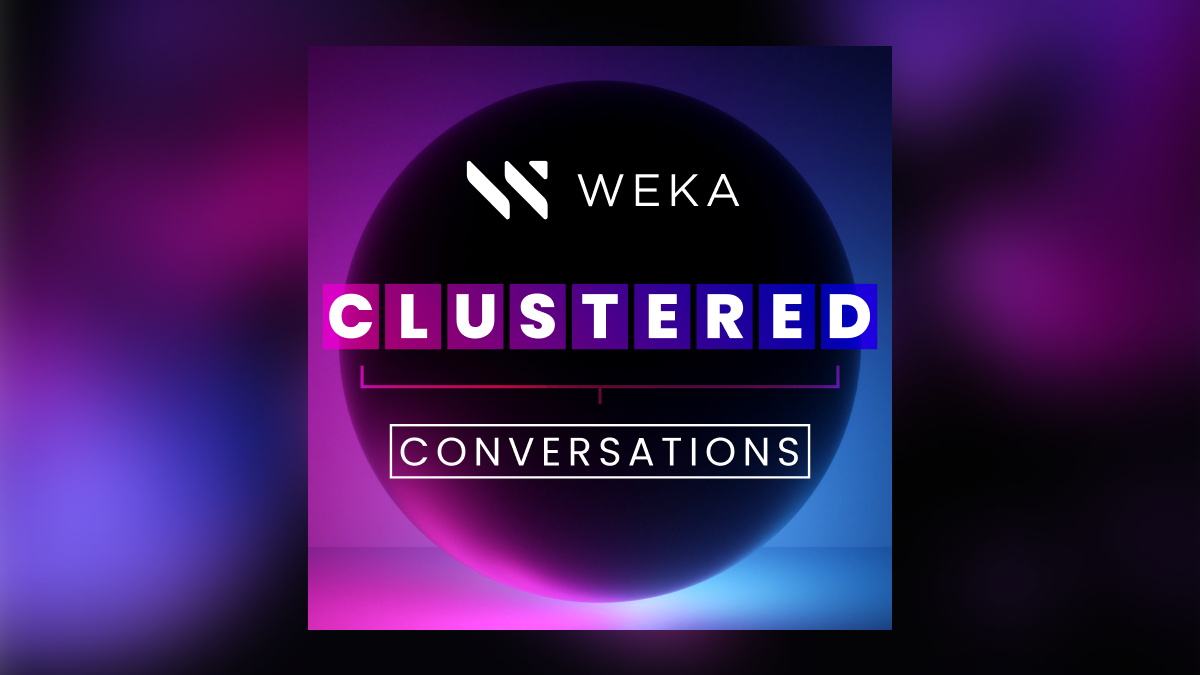Solving Common Kubernetes Storage Challenges

Are you wondering about Kubernetes storage? We discuss Kubernetes storage, the challenges caused by data-intensive applications, and ways to overcome them.
What is Kubernetes storage? Kubernetes is an open-source platform that is used for managing containers. In Kubernetes systems, containers can be used to separate data storage implementations from functionality and from configuration requirements.
What Is Kubernetes?
In order to discuss Kubernetes, it’s essential to discuss the concept of containers. This term is one that many readers may have already heard of, partly because containers as a service have significantly changed how developers think of application and cloud development.
Containers are small software units, usually larger pieces of code and relevant dependencies, contained in a single package. Much like a virtual machine, a container is a virtualized piece of an operating system that includes everything that the code needs to run. Unlike a virtual machine, a container doesn’t virtualize hardware but rather the underlying operating system. The container itself serves as a virtual environment for a small piece of code and dependencies within an operating system and isn’t tied to a specific environment or OS. As such, they serve as portable components of larger software applications running on various platforms like cloud systems.
Containers have several benefits, namely their speed, size, and portability. Smaller, containerized pieces of code can be managed and organized into larger cloud applications as modular microservices that allow for rapid deployment, updating. and changing. In these cases, containers quickly become the cornerstone of modern DevOps, hybrid cloud development, and cross-platform performance.
The challenge that developers face, however, is managing the interactions between different containers. Simple containers with clearly-defined executables are one thing, but orchestrating hundreds and thousands of containers is an entirely different challenge.
Enter container orchestration and Kubernetes. Kubernetes is a Linux-based, open-source container orchestration platform that helps developers manage containers by monitoring cluster state, handling messaging and communication across containers, and providing resources to account for scale, load balancing, and moving containers between hosts. Different container instances can be spun up, execute code for some non-arbitrary period, and then be released to free up resources for other microservices during the execution of a cloud-based, containerized application. The agility and performance boost that comes with containers allows for this kind of targeted and optimized orchestration.
While this sounds wonderful for simple apps, more modern software requires regular access to system resources like storage. This is where the challenges of Kubernetes storage come into focus.
Why Is Storage a Challenge in Kubernetes Environments?
When executing code in containerized environments, microservices operate so that once those container instances are used and then destroyed, all associated data and communications are also destroyed. Containerized apps that do not maintain system state or storage after execution are called “stateless.”
This arrangement is less than ideal for many modern software development contexts, particularly when considering that almost all software requires some form of data access, information sharing, and state management even as different threads of execution end.
Kubernetes applications that use an ongoing storage method to store system state during or after execution are referred to as “stateful” applications.
In either case, Kubernetes administrators and developers face challenges no matter what approach they work with:
- Stateless Apps Aren’t Suitable for Production: This might seem obvious, but most modern apps cannot run well without some form of continuing storage. Some tasks like printer job management might work under these circumstances but most will not.
- Stateful Apps Aren’t Portable: One of the key benefits of containers is that they can move to almost any supported platform or operating system. Once a developer adds required external storage media to the mix, portability becomes almost impossible to manage.
As containers are spun up, executed, and released, the orchestration platform (Kubernetes) must also consider things like storage. Unfortunately, it isn’t the case that the platform can infer the need for different types of storage based simply on the system state. Instead, storage plans and management interfaces must augment how Kubernetes orchestrates data storage for and across container instances.
What Is Kubernetes Storage?
Kubernetes storage is the framework that the platform uses to provision storage resources and manage those resources with minimal interjection by system administrators.
Kubernetes, therefore, bases its storage framework on several different concepts:
- Container Storage Interface: CSI provides a plugin architecture to support easy integration with and swapping between different storage devices.
- Volumes: A storage volume is a storage device or partition used as storage by containers. Volumes are by design agnostic in terms of the type of storage, and as such, they can support cloud storage services, network file systems, local server storage, and more.
- Nonpersistent Storage: As the name suggests, nonpersistent storage exists only as a temporary component of a container and disappears when that container instance is removed. Nonpersistent storage is the default type of storage used by Kubernetes.
- Persistent Volumes: Storage volumes defined by administrator or through automated Kubernetes commands that persist beyond the existence of any container and can contain information from one or more container instances.
- Persistent Volume Claims: Claims are requests for storage from containers during execution. A PVC can contain information on the type of storage needed, including the type of device, storage size, and the permissions required.
- Dynamic Provisioning: Kubernetes can also be configured to provision persistent volumes based on system state and activity dynamically. This dynamic provisioning comes in response to claims made by instances, which then kick off automated storage provisioning under Kubernetes.
The difference between static and dynamic provisioning is tied directly to scalability. Requiring an administrator to preplan storage availability limits how containerized programs access and share resources.
However, automated provisioning allows admins to streamline system access while abstracting storage implementation from persistent volume claims. A container can request storage resources without having to interface with the underlying implementation of said storage. This allows administrators to maintain the portability of containers across operating systems or environments.
Challenges of Working With Kubernetes Storage
While Kubernetes storage exists, it doesn’t come without some challenges that developers and administrators must face. These challenges include the following:
- Lack of Preparation for Stateful Apps: While Kubernetes can provision persistent volumes across different storage media, admins must configure these devices to stand ready for provisioning.
- Set Clear Expectations from Containers Regarding Claims: Documentation and controls over container volume claims should have a clear lexicon for requesting resources. This includes storage size requirements, permissions, and any other required configurations.
- Remember to Remove and Reclaim Persistent Volumes as Needed: A persistent volume need not exist for the entirety of an app’s execution. This can lead to problems with performance and availability. Utilize Kubernetes’s capabilities to automate the removal of persistent volumes as needed.
- Limit Resource Usage: Even as claims are made for resources, use Kubernetes to limit resource requests and allocations so that the system, and available storage media, are not overwhelmed by inefficient or poorly planned claims.
Leverage Containerization on a WEKA High-Performance Cloud
The strength of containers and Kubernetes rests in the speed and performance of orchestrating microservices. Poor provisioning and a limiting cloud environment can mitigate that benefit and hamstring your complex app development.
With WEKA, you get high-performance computing that can manage complex containers and microservices and effectively and efficiently support rapid Kubernetes storage provisioning over large software packages.
We make this possible through several critical features:
- Streamlined and fast cloud file systems to combine multiple sources into a single high-performance computing system
- Industry-best, GPUDirect Performance (113 Gbps for a single DGX-2 and 162 Gbps for a single DGX A100)
- In-flight and at-rest encryption for governance, risk, and compliance requirements
- Agile access and management for edge, core, and cloud development
- Scalability up to exabytes of storage across billions of files
Contact us if you’re ready to see how WEKA can serve as your high-performance cloud for Kubernetes applications.
Additional Resources
- Storage
- Accelerate and Scale Cloud-Native, Kubernetes Workloads with the Weka Limitless Data Platform and Rancher


